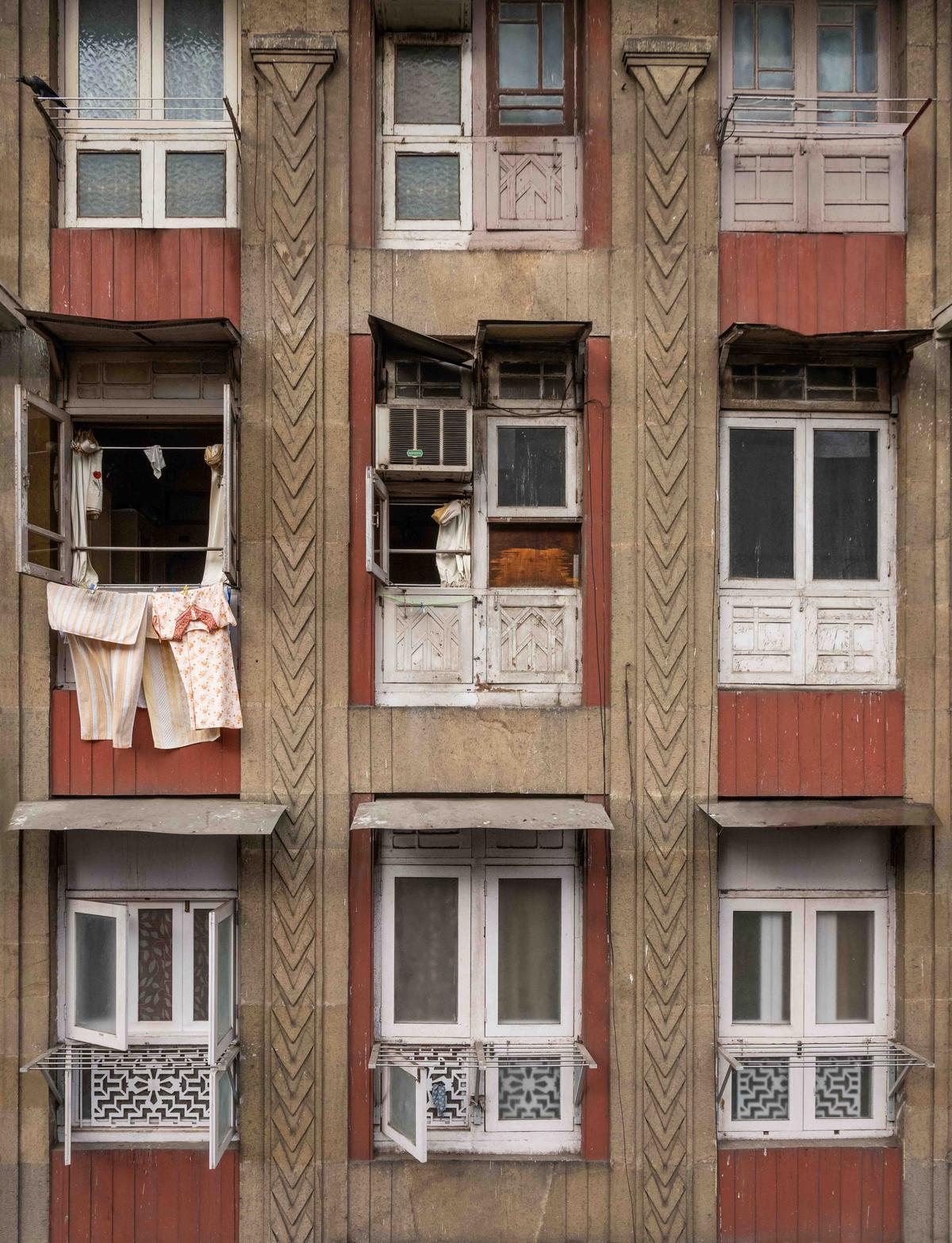
Mumbai architect Kunal Shah curates a show on the city’s Art Deco
The Hindu
He tells the story of the egalitarian and all-inclusive style through images, objects, jewellery and textile
Mumbai had its Art Deco moment in the early 1930s, with the inauguration of Regal Cinema and its paean to a new style of architecture, shorn of ostentation, embracing the modern style adopted in Europe and USA. Edifices both residential and business, theatres and cinemas dot Marine Drive and envelope Oval Maidan paying homage to a movement that is represented by 200 structures in Mumbai, second only to Miami. But tucked away in lesser-known spaces are beautiful buildings with chevron ribbons running through their storeys, with grills and balconies that tell stories of a different era, some fallen into disrepair, some still holding onto their legacy in the midst of glass facades and flyovers dotting the Mumbai skyline.
Kunal Shah, a Mumbai-based architect presents a curation of Art Deco in Mumbai, through images, objects, jewellery and textile. “So much of Mumbai’s Art Deco is disappearing now. The style was egalitarian and all inclusive, timeless and graceful, and there needs to be preservation and conservation of these buildings.”
The show presents a mosaic of the Art Deco styles seen through the work of an ensemble of artists, including the lens of Hashim Badani, jewellery with Art Deco elements by Hanut Singh and textiles by Hema Shroff of Amba Weaves, a 20- year -old social enterprise that works with a collective of Maheshwari weavers. “Our collection uses handspun and handwoven textiles taking inspiration from the 1920s elements of New York City, Paris and Chicago that embodied a streamlined vision as well as Marine Deco as seen in Miami and Mumbai. We have a shawl with motifs of Metro Cinema, a stole inspired by wrought iron railings and a wall textile inspired by the chevron detailing on the Chrysler and Empire State Building in NYC,” explains Shroff. Shah has on display, objet d’art whether a kettle or bookends on pieces of deco furniture, against a backdrop of embroidered and painted wallpaper with deco elements from de Gournay.
Badani’s images of residential buildings, a Jain temple and a school on Mohammed Ali Road, document the deco style flanking the JJ flyover. “I grew up in Mumbai and have seen Art Deco buildings on my side of town, maybe not as grand as the ones on Marine Drive. The Ismail Bemuhammed Urdu school is one of the last few Urdu medium schools left in the city, with just three to five students now and documenting it was a reflection of the disrepair and decline of Art Deco in some parts of the city.” Mumbai’s style of Art Deco is replete with ziggurats (stepped pyramids with receding storeys, taking root in the Mesopotamian civilisation), eyebrows on windows, compound walls, grills and gates with tropical elements, frozen fountains and figurative ornaments.
Hanut Singh, whose jewellery is an ode to cosmopolitanism, says, “All my jewellery has a hint of Art Deco. I’m hugely inspired by the heightened sense of clarity and mood and my pieces are a modern take on Art Deco.” In his curatorial note Shah explains the ubiquitous nature of Mumbai deco, from the bylanes of Byculla, Sewri and Matunga, upto Malad, from Bandra to Juhu, but maybe not as ornate as the old cinemas. “Even right outside the gallery, in Khotachiwadi itself, and in neighbouring Girgaum, we see it meld into modernity, quietly waiting to be noticed. Everywhere it lives, Art Deco speaks of newness, hope, and a soft flourish that gentles the pace, movement and harshness of their city for modern Mumbaikars as they rush through this millennium that has barely begun.”
The show is on at 47-A: Design Gallery, Khotachi Wadi, Girgaum, till November 13, 11am to 7pm.













